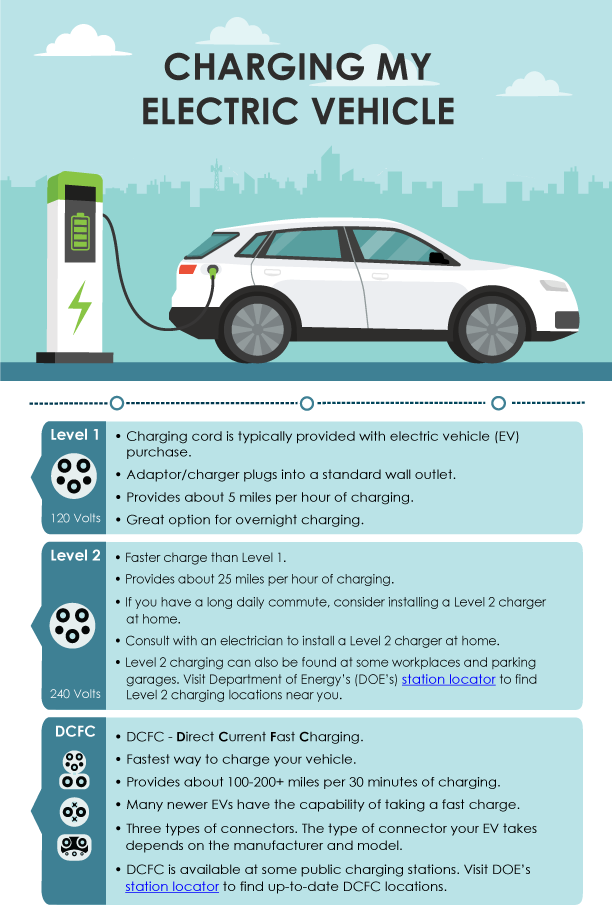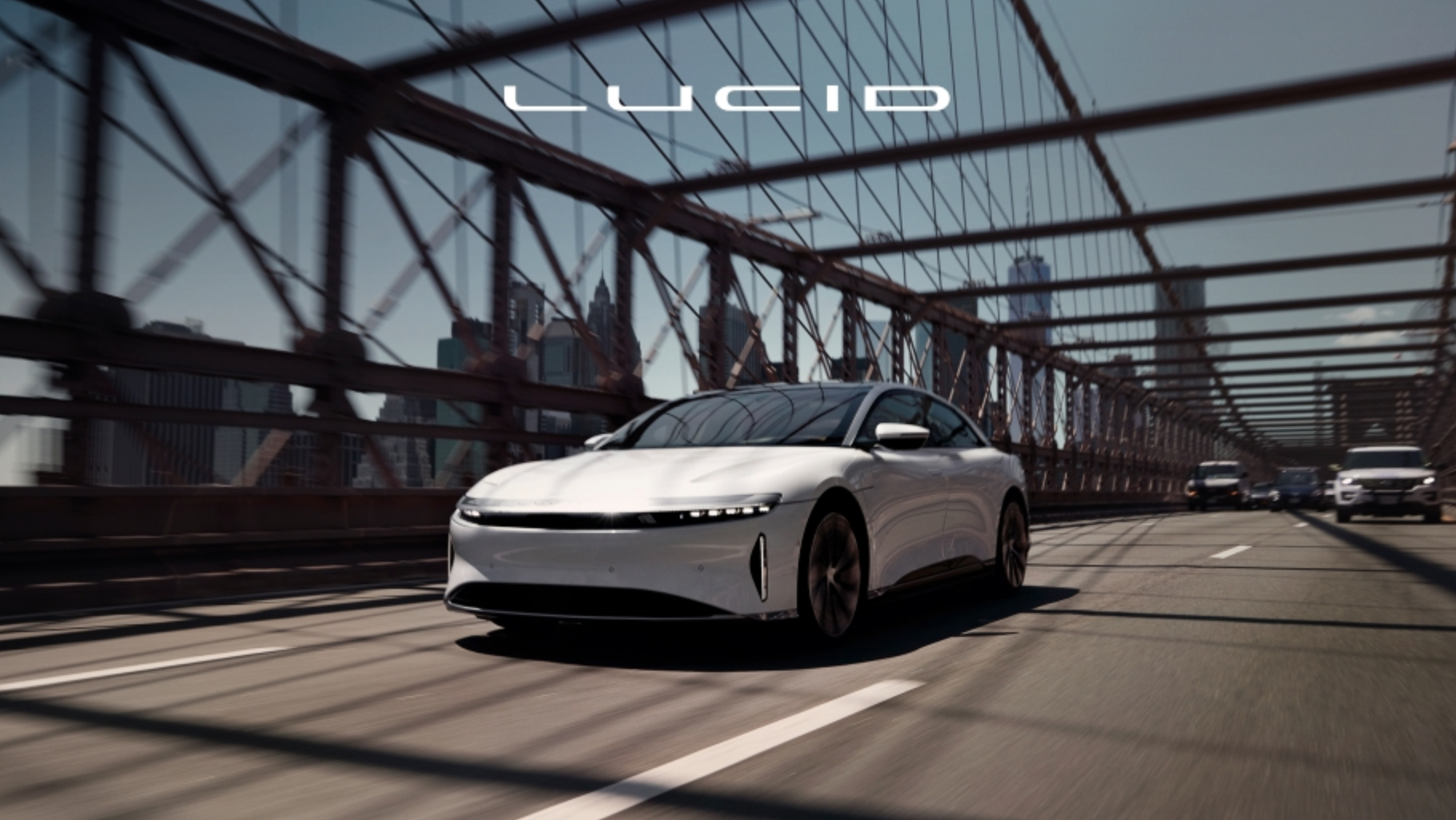Electric vehicles (EVs) have reshaped our approach to transportation, promising a cleaner and more efficient future. At the core of this transformation lies the EV battery—a sophisticated system that powers everything from sleek Teslas to practical Hyundai Ioniqs. For EV owners, understanding how to maximize EV battery life isn’t just about saving money. It’s also about ensuring reliable performance and promoting sustainability in the long run. Proper care can significantly extend battery lifespan, which is a game-changer for anyone navigating the shift to electric mobility.
EV batteries, typically lithium-ion, operate on the principle of energy storage and release. This technology has evolved rapidly, enabling modern EVs to travel hundreds of miles on a single charge. However, despite their robust design, these batteries are not invincible. Factors such as charging habits, temperature extremes, and usage patterns can impact their longevity. Owners who understand these nuances can avoid common pitfalls and maximize both the performance and durability of their EV’s power source.
One of the most important strategies for prolonging battery life is mindful charging. Experts recommend maintaining the battery’s state of charge between 20% and 80% for daily use. Fully charging or frequently depleting the battery can stress its cells over time. Fast charging, while convenient, generates more heat than slower methods and can accelerate wear if overused. By opting for slower charging methods at home or at Level 2 public stations, owners can reduce strain and preserve capacity.
Temperature management also plays a crucial role. Lithium-ion batteries are highly sensitive to heat and cold, with performance and longevity suffering in extreme conditions. Most modern EVs come equipped with thermal management systems that regulate battery temperature, but owners can further protect their vehicles. Parking in shaded or temperature-controlled environments helps shield the battery from temperature swings. Preconditioning the car before driving—warming it up in winter or cooling it in summer—is another effective measure, as it prevents thermal shock to the battery.
Driving style is another factor often overlooked. Aggressive acceleration and high-speed driving demand more energy from the battery, which can lead to faster degradation. Smooth acceleration and consistent speeds not only conserve energy but also reduce wear on the battery. Additionally, using regenerative braking effectively—a feature in most EVs that recaptures energy when slowing down—can further enhance efficiency and extend range.
There’s a common misconception that EV batteries need to be frequently replaced, contributing to higher long-term costs. However, the reality is far more optimistic. Most EV batteries are designed to last well over 100,000 miles, with some manufacturers, like Tesla, aiming for a lifespan of 300,000 to 500,000 miles. Studies show that after eight years of use, many EV batteries retain more than 80% of their original capacity. Proper care can ensure that these numbers remain achievable for most owners.
Recycling and second-life applications also mitigate concerns about battery disposal. Companies are increasingly developing processes to recover valuable materials like lithium, cobalt, and nickel from used batteries. These efforts reduce environmental impact and lower the need for new resource extraction. Meanwhile, older batteries that no longer meet the demands of EVs are finding use in energy storage systems for homes and businesses, extending their utility well beyond their automotive life.
For readers eager to dive deeper, EVGeek.com offers an array of resources tailored to both new and experienced EV owners. Check out “Understanding EV Batteries: A Guide for First-Time Owners” to learn more about how these technologies work. Or explore “The Top 5 New EVs You’ll Want to Drive in 2023” for a look at the latest models reshaping the market. By staying informed and proactive, you can ensure your EV remains a reliable and sustainable choice for years to come.
Maximizing EV battery life is about more than just care; it’s a commitment to the principles of efficiency and sustainability that electric vehicles represent. By adopting simple yet impactful habits, you’re not just extending the life of your car’s most critical component. You’re also contributing to a future where clean energy and innovation drive progress on and off the road.




